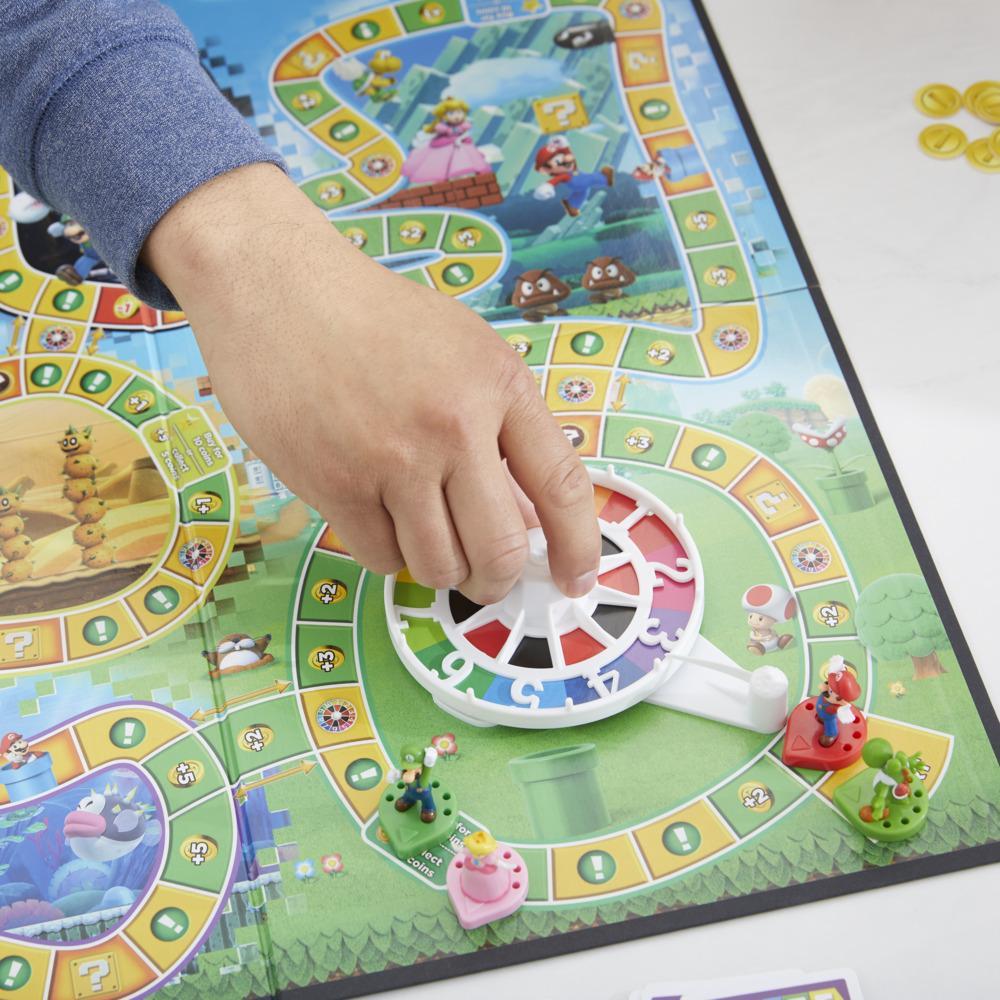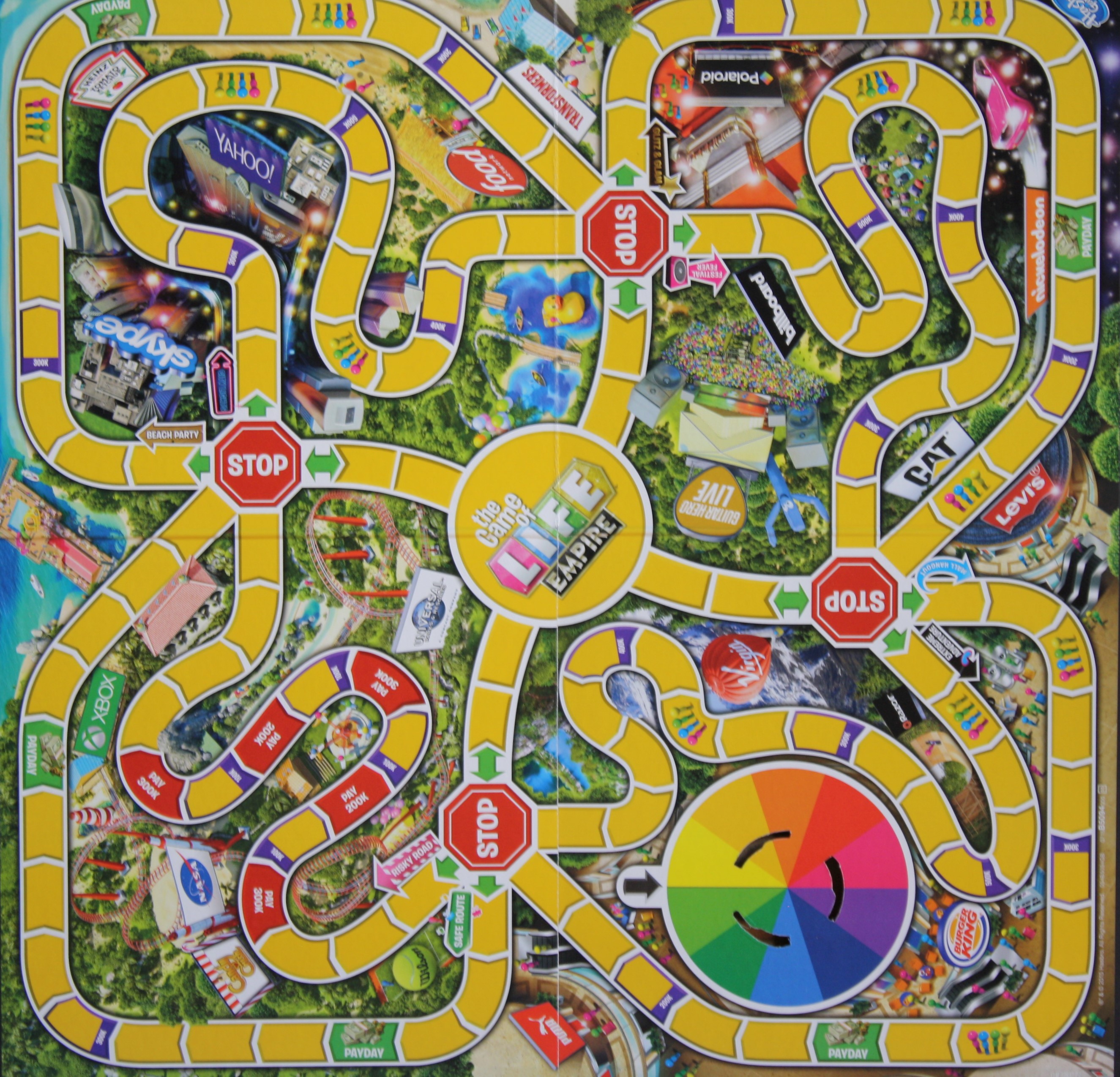

Most notably, termination rights don’t apply if a copyright was originally created as a work made for hire. Both statutes allow an author or his heirs to terminate prior transfers and recapture rights in a work for the remainder of the copyright term.īoth statutes are also subject to several caveats and exceptions. Section 304 is similar, but it applies to works first copyrighted prior to 1978. I wrote in an earlier post about termination rights under Copyright Act section 203(a), which applies to copyright grants executed after January 1, 1978. Copyright Termination and Works Made for Hire: Timing is Everything In 2015, Markham’s heirs sued Klamer, the heirs of Art Linkletter and Hasbro, seeking a declaration of their right to terminate Klamer’s 1959 assignment under section 304 of the Copyright Act. The original board from 1960’s “The Game of Life” The game became a huge hit, and the rest is history-except that Bill Markham never got over the feeling that he’d gotten a raw deal. When Art Linkletter endorses a game he has a financial interest in, you know it’s gotta be good.
THE GAME OF LIFE GAME PLUS
In turn, Markham assigned his rights in the game to Link in exchange for a 30 percent cut of Link’s royalties, plus an advance and reimbursement of the $2,400 Markham had spent on the prototype.
THE GAME OF LIFE GAME LICENSE
The toy company liked what it saw, and in 1959 entered into a license agreement with Klamer and Linkletter’s company, Link Research, to manufacture and sell the game in exchange for a 6 percent royalty.

Once the prototype was finished, Klamer and Markham, accompanied by TV personality Ark Linkletter, met with executives at Milton Bradley to pitch the game. Working closely with Klamer, Markham and two of his company’s artists built a prototype model featuring an elevated track, cardboard spinner and several of the game’s other signature elements. He hired Bill Markham, an experienced game designer and the head of a product development company, to help.

But being more of an ideas person than a toy designer, Klamer needed assistance developing the concept and creating a working prototype that could be pitched to Milton Bradley.
THE GAME OF LIFE GAME UPDATE
Nearly 100 years later, toy developer Reuben Klamer had the idea to update the game in commemoration of Milton Bradley’s 1960 centennial. The original “Checkered Game of Life,” created by Milton Bradley in 1860. Hasbro is the successor to Milton Bradley, which first published “The Checkered Game of Life” way back in 1860. Hasbro, affirms a 2019 ruling out of the District of Rhode Island, home of toy company Hasbro, Inc. Do you take the career or college path? Do you buy the overpriced home insurance that costs nearly as much as the house itself? Do you have more than four kids, even if it means taping some of them to the side of your car? Sage advice from the pre-seatbelt era.īut it turns out that none of these decisions is quite as momentous to The Game of Life as the one recently faced by the First Circuit Court of Appeals, which prevents the heirs of one of the game’s original creators from recapturing rights in the work under the Copyright Act’s termination provisions. If you’ve ever played “The Game of Life,” you know there are lots of important decisions to make on your way to Millionaire Acres. The First Circuit rules that the classic 1960 board game “The Game of Life” was created as a work made for hire.


 0 kommentar(er)
0 kommentar(er)
